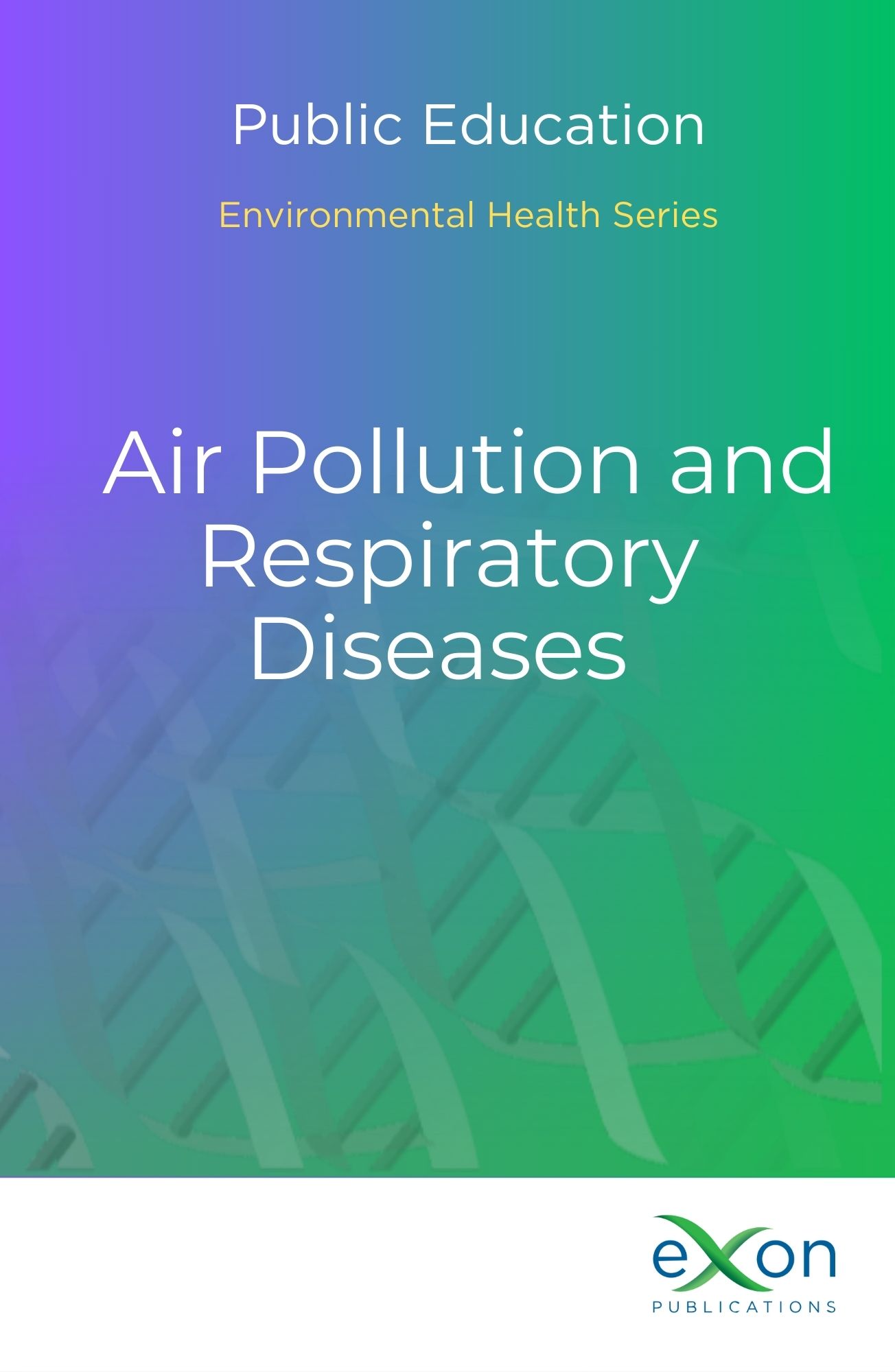Air Pollution and Respiratory Diseases: Education for the Public Answering how pollutants like particulate matter (PM2.5) contribute to conditions such as asthma and chronic obstructive pulmonary disease (COPD)
Main Article Content
Abstract
Air pollution is a major public health concern worldwide and is a leading cause of respiratory diseases. It occurs when harmful substances such as particulate matter, gases, and biological molecules are released into the air, making it unsafe to breathe. Exposure to polluted air can lead to both short-term and long-term respiratory issues, affecting people of all ages, especially children, the elderly, and individuals with pre-existing lung conditions. Air pollution has been linked to respiratory diseases like asthma, chronic obstructive pulmonary disease (COPD), lung cancer, and respiratory infections. Sources of air pollution include emissions from vehicles, industrial activities, burning of fossil fuels, and natural events like wildfires. Reducing exposure to air pollution and promoting clean air initiatives are essential for preventing respiratory diseases and improving public health. This article provides a comprehensive overview of the relationship between air pollution and respiratory diseases, including their causes, health impacts, and preventive strategies.
Downloads
Metrics
Article Details

This work is licensed under a Creative Commons Attribution-NonCommercial-NoDerivatives 4.0 International License.

